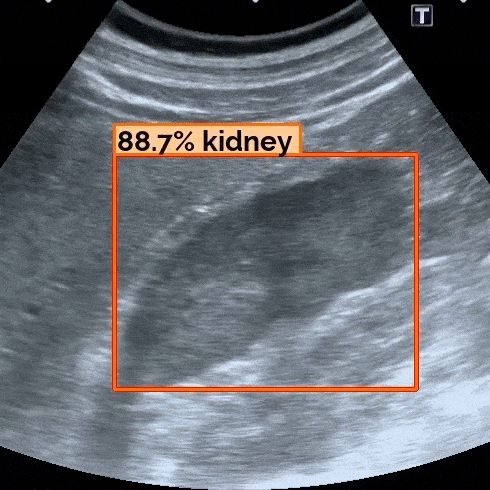
However ALISSE users receive detailed guidance of where in the body to place the ultrasound wand, are provided with example images of the target organ and given the percentage likelihood of the object in view being the correct target. The system is also able to differentiate between the clinically valuable long ways ‘plane detection mode’ for an organ versus a less useful ‘transverse’ side view.
Jon Scott, supporting the project at the European Astronaut Centre, comments: ‘The end results are very encouraging; nine out of ten of the ALISSE-assisted students’ images were clinically acceptable ultrasound standard planes of kidneys and bladders, approaching the performance of a trained radiologist. And as an added benefit, ALISSE can also work with multiple ultrasound devices, maximising its flexibility and reducing the barriers to its implementation. The result is a system that allows astronauts to take more responsibility for their own medical care, an essential feature for the future of space medicine, and should also democratise the use of ultrasound imaging back on Earth. With the continued development of this technology, we can look forward to a time when frontline medical partitioners can employ AI-guided ultrasound devices as proficiently as they collect blood samples today.”
The ALISSE project was supported through ESA’s Technology Development Element, fostering promising new technologies for space. As a next step, the consortium plans to increase the system’s support to other organs and improve guidance instructions to make ALISSE even more intuitive. ESA is also interested in having the ALISSE system working on a tablet connected to an ultrasound probe.



